He created a ’70s Kansas City hippie paper. Now he writes books about military, Truman
- Oops!Something went wrong.Please try again later.
Dennis Giangreco was about 10 years old when he met President Harry Truman at the Truman Library. Some six decades later, he’s written his third book specifically on the man from Independence, “Truman and the Bomb: The Untold Story.”
It might seem like a natural progression, but the line from Point A to Point B was far from direct. Giangreco’s evolution into a respected historian followed an unlikely trail, to say the least.
“If you don’t understand what’s going on, it’s like a headscratcher,” the Lee’s Summit resident said.
A few years after meeting Truman, Giangreco embarked on a career that took him from promoting rock concerts at Volker Park to working at the legendary Woodstock rock festival in New York to heading the cleanup effort at the disastrous Altamont festival in California to founding and running the Westport Trucker underground newspaper while turning himself into a first-rate graphic artist and illustrator.
Then he turned 20.
A decade later, after a detour to the East Coast — where among other accomplishments he was a founder of the still-popular counterculture magazine High Times — his freelance writing efforts veered into the world of the military and eventually landed him a gig at the U.S. Army Command and General Staff College at Fort Leavenworth. He worked at the Military Review, the professional journal of the U.S. Army, for 20 years. Meanwhile, he began writing books.
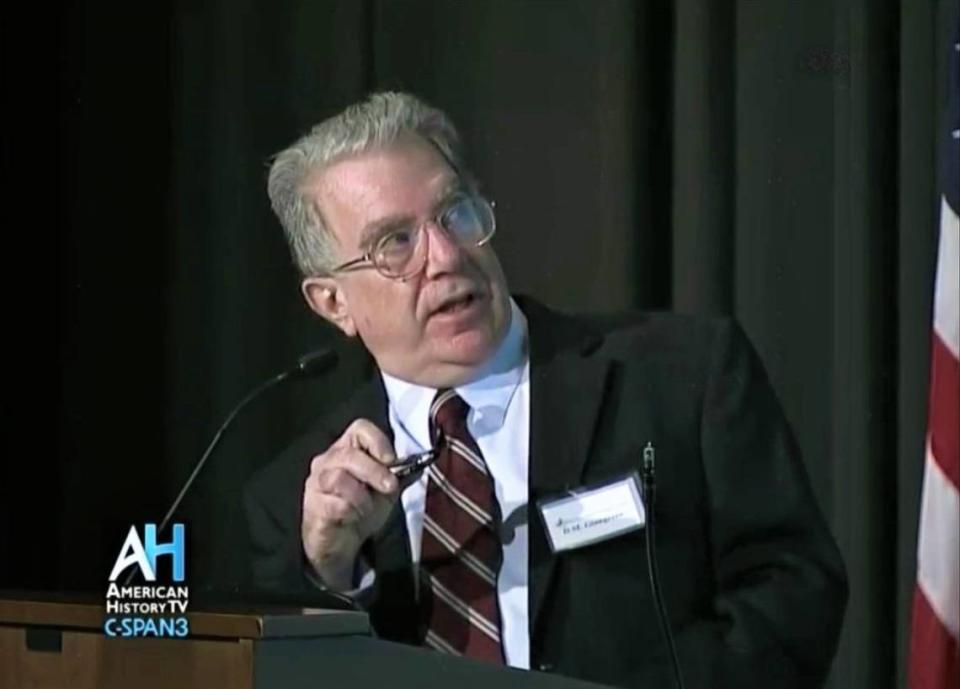
As D.M. Giangreco, he has authored or co-authored 15 books, including two with his wife, Kathryn Moore, a former history teacher in Lee’s Summit and historical interpreter at Colonial Williamsburg.
Oh, and he also has returned to his roots, organizing the revived First Sunday concerts at Volker (now Theis) Park.
John T. Kuehn, a fellow military historian who wrote the foreword to “Truman and the Bomb,” describes Giangreco as a polymath. “He does many things well.”
“Dennis is legitimately a genius, and he’s just inexhaustible,” said Kuehn, a military history professor at the U.S. Army Command and General Staff College and author of “Agents of Innovation: The General Board and the Design of the Fleet that Defeated the Japanese Navy.”
If you’re wondering how Giangreco found time to earn the doctoral degree that is pretty much a requirement for scholars in his field, well, he didn’t. He didn’t attend college at all.
In fact, his education ended after his junior year at Center High School.
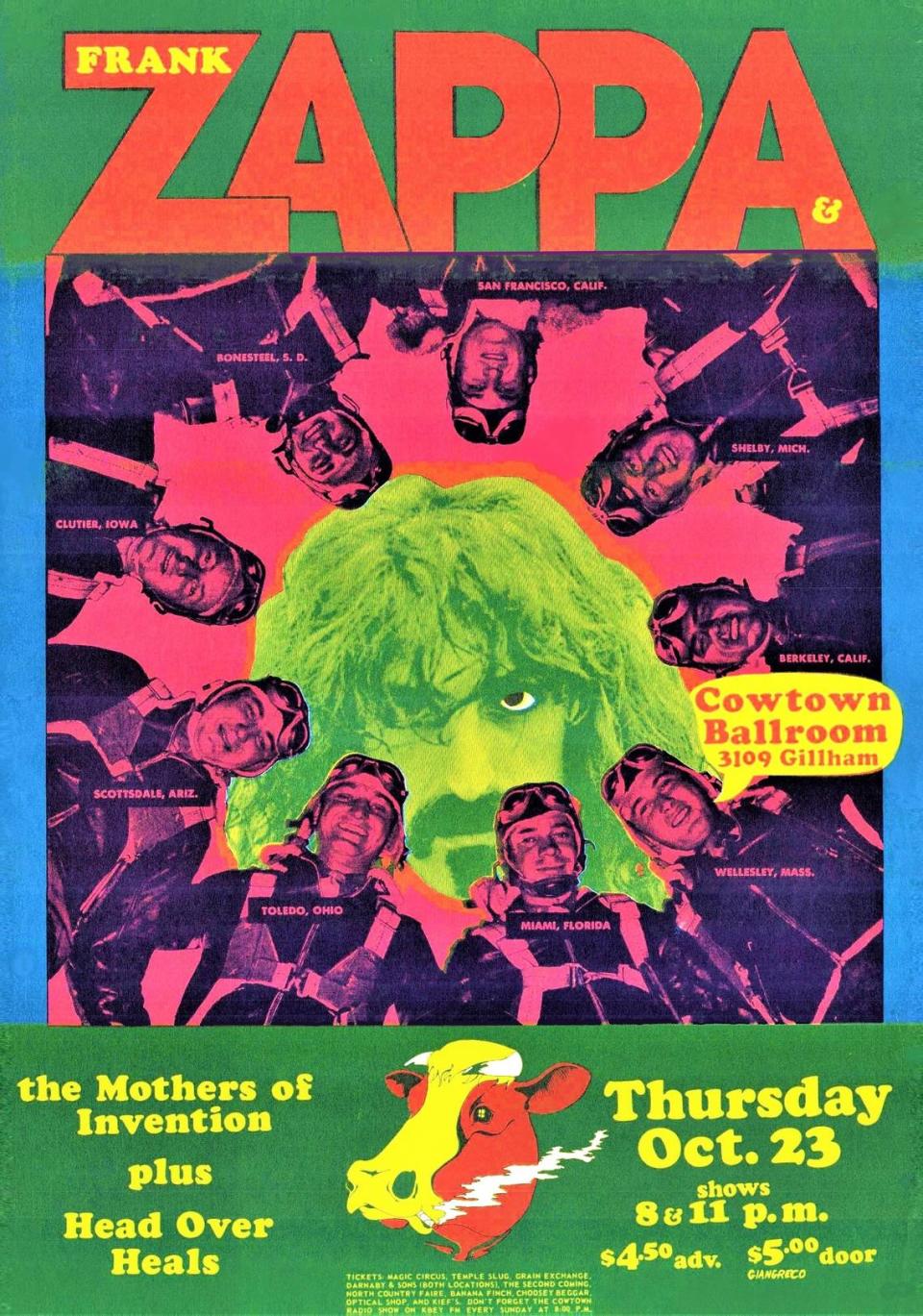
“I had too many things I was doing, and something had to go,” Giangreco said. “And the least profitable of them all was school.”
Before cutting ties completely with Center, however, he came back long enough to take the school district to court. It seems school administrators didn’t approve of his and other students’ long hair while allowing it for members of the resident rock band. He sought a temporary injunction against the school, which a U.S. District Court judge denied, bemoaning Giangreco’s hair as “like a girl’s hair.”
The teen had the last laugh, however. Giangreco said rather than appeal the judge’s ruling, he made a deal with school administrators.
“Nobody knows it was actually won,” he said. “The only reason I was doing it was for these other long hairs who wanted to have long hair just like the band members did.
“My agreement was ‘Leave these kids alone. If you leave these kids alone, I’ll just drop the whole thing.’”
The administration agreed and kept its end of the bargain. Giangreco then headed off to greener pastures.
The decades since have been filled with enough adventures to fill a memoir, if he had time to write it. One was his remarkable experience as a 17-year-old at the Rolling Stones’ free concert at Altamont Speedway — known for the Hells Angels’ violent and fatal role as security — and his relationship there with Grateful Dead band members. He wrote a fun story about it in 2019 to help mark the event’s 50th anniversary for the History News Network, where he is a frequent contributor.
To many people in Kansas City, Giangreco is best known for the Westport Trucker, a midtown staple in the early 1970s. His collection is housed at the UMKC University Libraries.
“It actually ended up being one of the very oldest underground papers in the country,” Giangreco said. “It survived for 90-some editions over a period of years and years, six years I think it was. … In underground-paper dog years, that’s going on 100.”
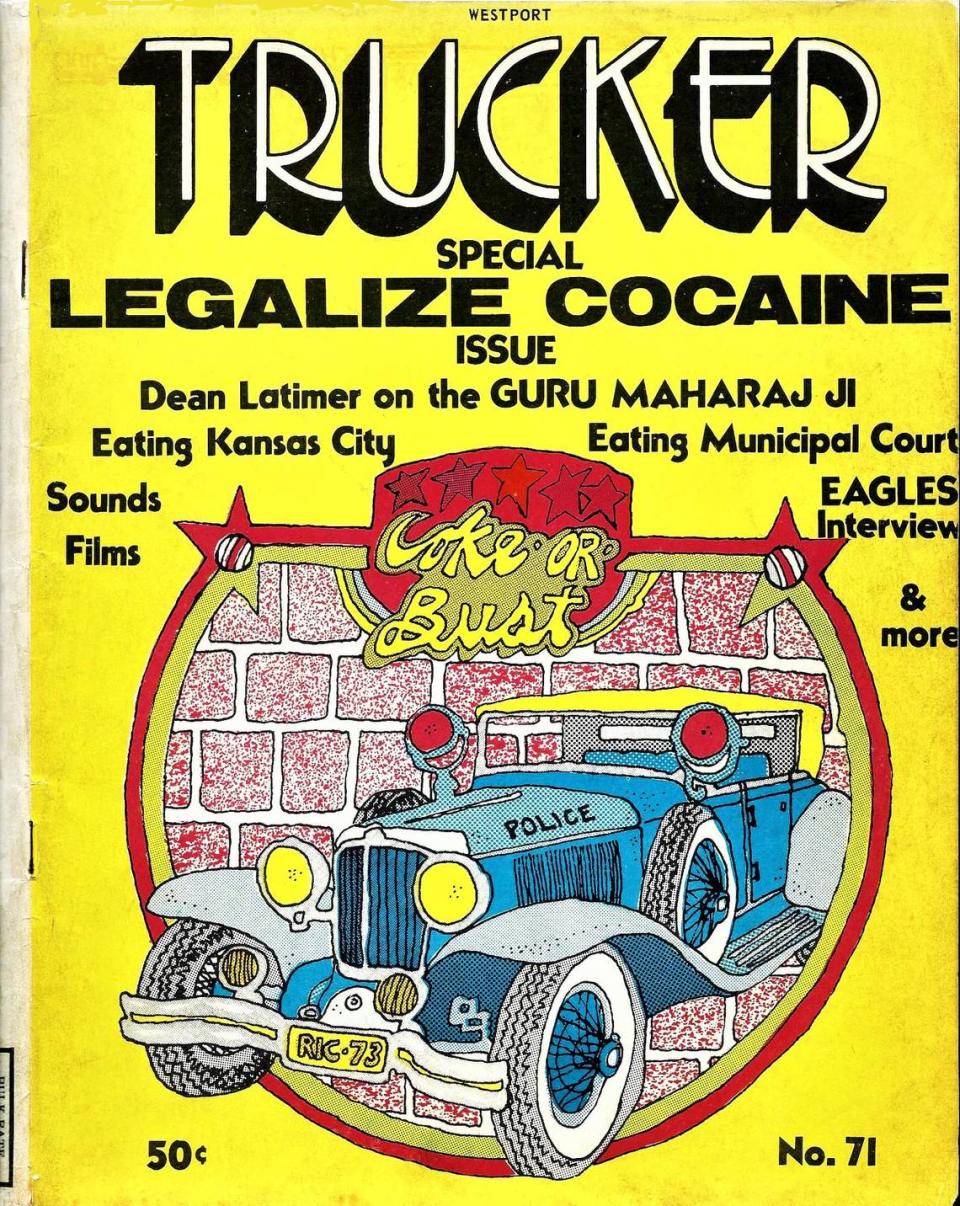
The Trucker was known for its counterculture content (its “Legalize Cocaine” issue was one of its most popular) and its cover illustrations. Giangreco managed the paper and did some of the writing and illustrating and most of the editing.
That versatility came in handy when he landed at the Military Review, a seemingly odd partnership given his background. But he said the Army knew of his work background and was fine with it.
“It was a known history within the Army, and it was a known history within the Defense Department, and it was a known history within the New York publishing market,” he said.
Giangreco served as both an editor and art director at the Military Review but also “managed to write at least five or six books while I was there. I was a busy guy.”
It was at the Military Review that he adopted the nom de plume D.M. Giangreco (his middle name is Michael), which has adorned all his articles and books since the mid-1980s.
“It just seemed the cleanest and most efficient thing to do,” he said. “Since the stuff with the yippies and High Times was all as Dennis Giangreco … it was simpler to do what a lot of the Soviet authors do and just have first initial, middle initial, last name.”
So, in one of his worlds he remains Dennis and in the other he is D.M.
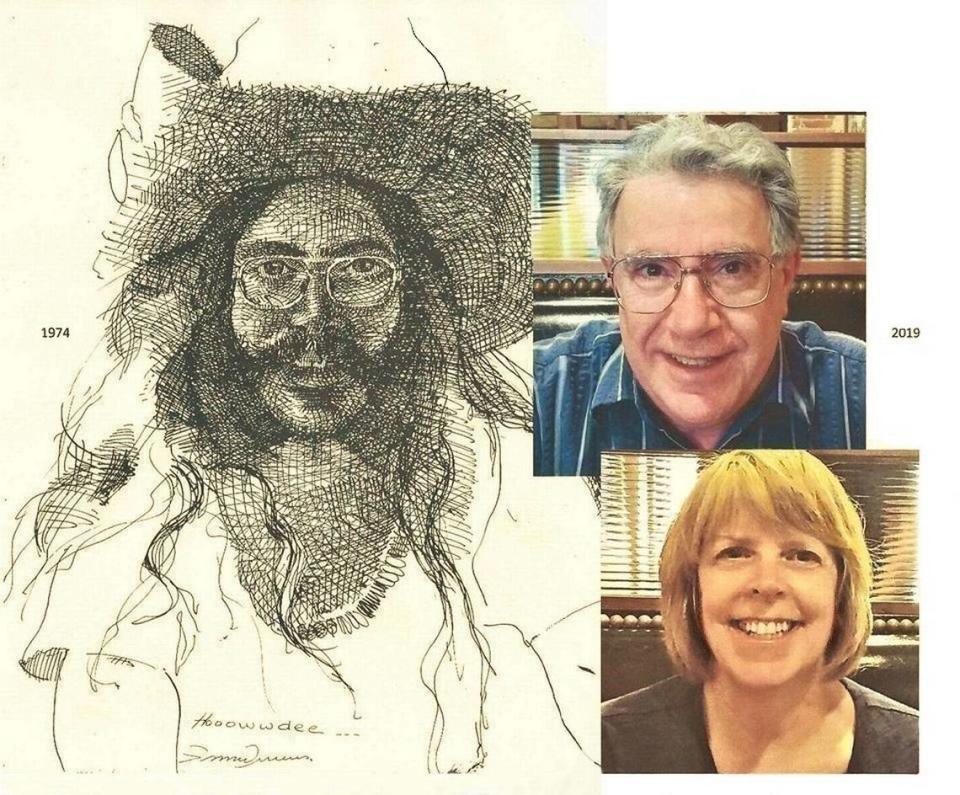
Kuehn said there are military historians who span both worlds.
“You don’t get to call him Dennis until you become part of the Dennis club,” Kuehn said.
With books such as “Hell to Pay: Operation Downfall and the Invasion of Japan, 1945-1947” (2009; updated and expanded 2020) and “United States Army: The Definitive Illustrated History” (2011), Giangreco has become respected among military historians — despite lacking a Ph.D., which Kuehn said is “unheard of in the scholarly world.”
“The people who are best in their fields recognize Dennis for what he is,” he said. “He’s just living proof that you don’t need a Ph.D. to be a first-rate scholar.”
Still, Kuehn has a hard time reconciling the D.M. Giangreco of the 2000s with the Dennis Giangreco of the 1970s.
“Here’s this 17-year-old kid who’s friends with the Grateful Dead,” Kuehn said. “It’s incredible.
“You see these things, and you’re like, ‘What?’ This is the guy that wrote ‘Hell to Pay’ about planning for the invasion of Japan, or ‘Truman and the Bomb,’ or won the Moncado Prize from the Society of Military History for his article on casualty estimates for the invasion of Japan. I mean, he helped start a marijuana magazine? He cleaned up after Altamont?”
Giangreco doesn’t recommend his career path to others, especially the lack of college part.
“I know that not going to college hurts a lot of folks, and I don’t advocate that people do it,” he said. “But … six different university presses have published my works, including books. So, it’s like, me, it didn’t hurt.”
The University of Nebraska Press’ Potomac Books imprint has published Giangreco’s newest book, which has an Aug. 1 release date but is available online now. Giangreco expects it to be popular for academic use in high schools and colleges.
Meanwhile, he has a contract to write yet another book about Truman: a second volume of “The Soldier From Independence.”
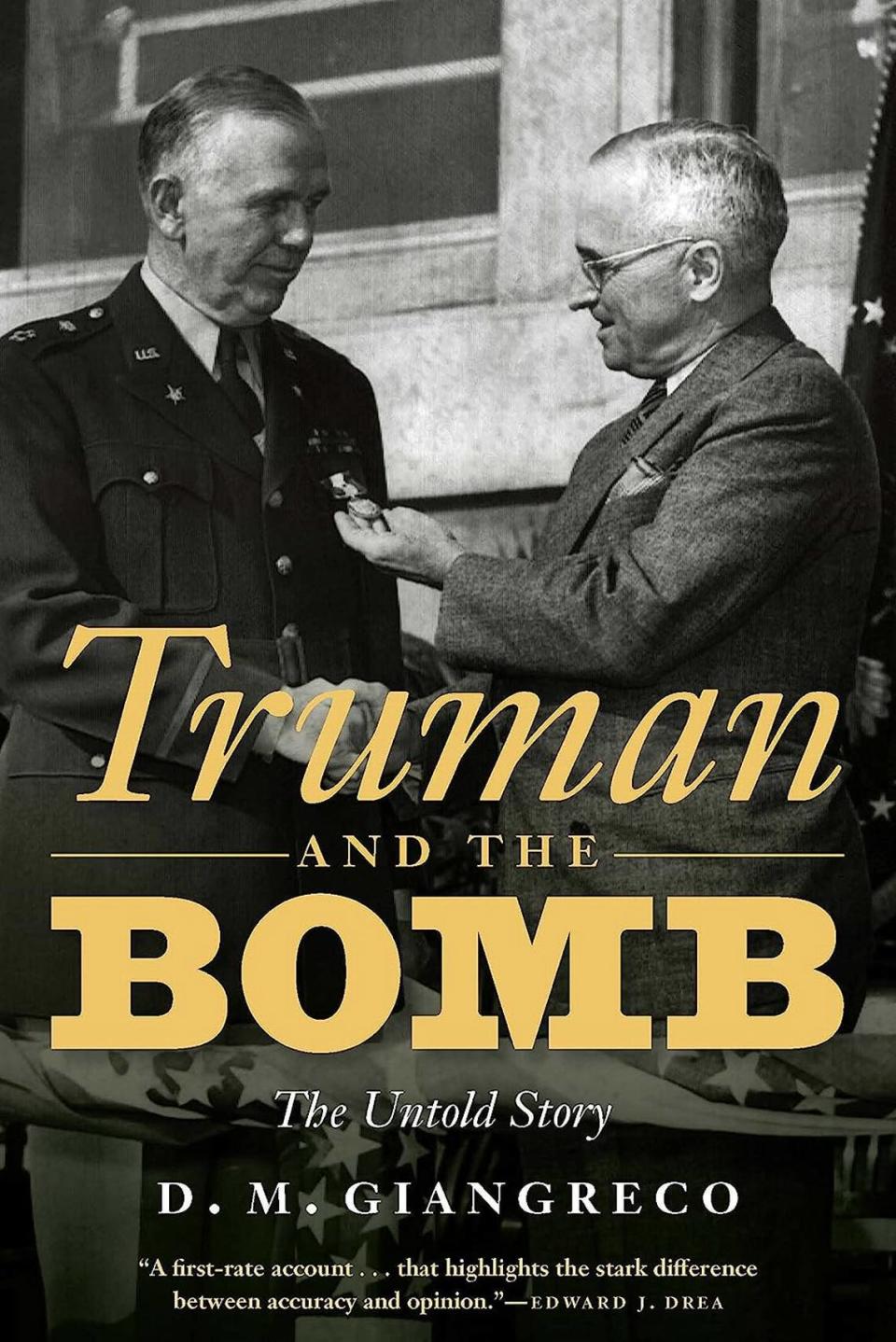
Giangreco’s books about Truman
▪ “Truman and the Bomb: The Untold Story” by D. M. Giangreco is due out Aug. 1 (Potomac Books, $34.95). The book challenges myths about President Harry Truman’s decision to use nuclear weapons, especially that the huge casualty estimates he cited for a possible invasion of Japan were a postwar creation devised to assuage guilt for the deaths of thousands of civilians. nebraskapress.unl.edu.
▪ “The Soldier from Independence: A Military Biography of Harry Truman” (2009)
▪ “Dear Harry: Truman’s Mailroom, 1945-1953,” with Kathryn Moore (1999, reprinted edition 2017)
